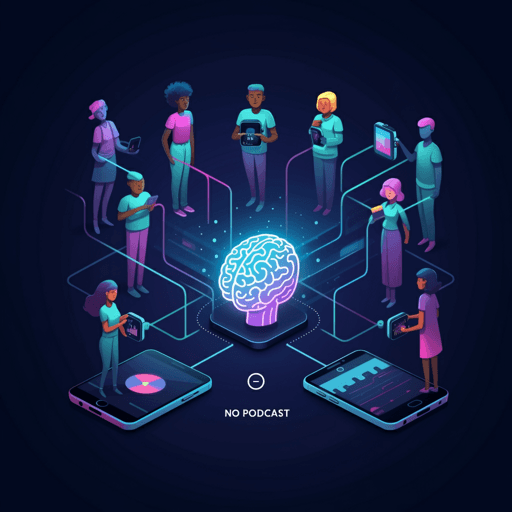
Medicine and Health
Development of prediction models for screening depression and anxiety using smartphone and wearable-based digital phenotyping: protocol for the Smartphone and Wearable Assessment for Real-Time Screening of Depression and Anxiety (SWARTS-DA) observational study in Korea
Y. Shin, A. Y. Kim, et al.
This study uses smartphones and consumer wearables to develop machine-learning algorithms that detect depressive and anxiety disorders and classify symptom severity from passive and active digital biomarkers collected over four weeks in up to 2,500 adults in South Korea. Conducted by the authors listed in the Authors tag: Yu-Bin Shin, Ah Young Kim, Seonmin Kim, Min-Sup Shin, Jinhwa Choi, Kyung Lyun Lee, Jisu Lee, Sangwon Byun, Sujin Kim, Heon-Jeong Lee, Chul-Hyun Cho.
~3 min • Beginner • English
Related Publications
Explore these studies to deepen your understanding of the subject.







